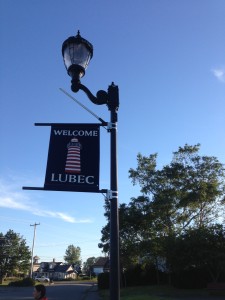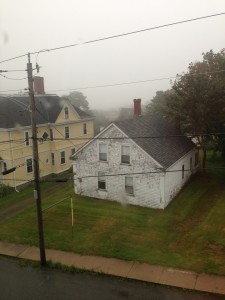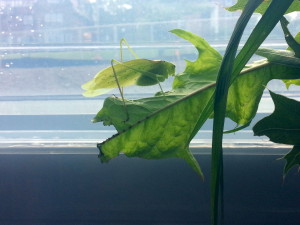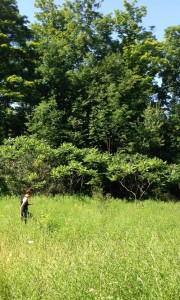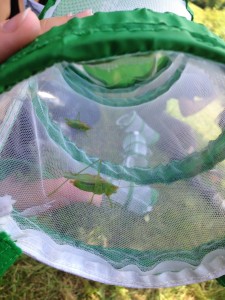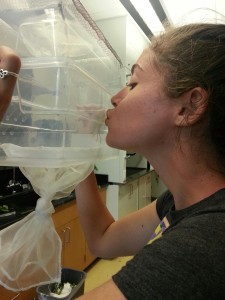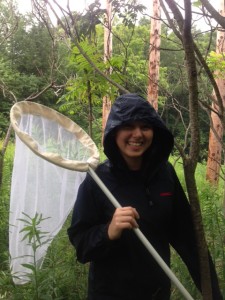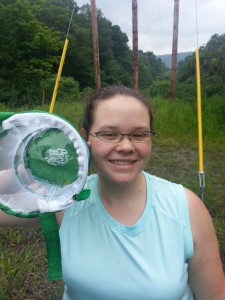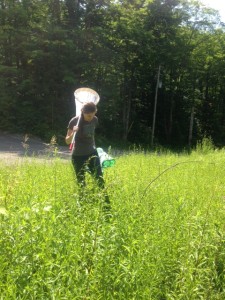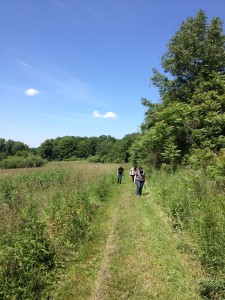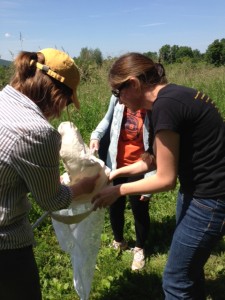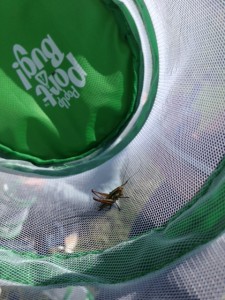When looking at the weather forecast last night as we always do, it looked like today might be good for at least a half day out on the water. The winds were light in the morning and would blow 10-15 later in the day. Since we haven’t had much of an opportunity to go out this season, we decided to go for it. When checking the weather again this morning as we always do, the forecast had changed. For once, though, it changed in our favor. It was now going to blow light winds all day with calm seas and not pick up until the evening. Could it be? Could we get a full day in?!
Nope. The channel was a bit choppy, but that doesn’t necessarily indicate what the Bay is doing. When we got out of the channel however, we immediately noticed it was not smooth flat seas with light winds. It was about a sea state 2 already, which is definitely workable but not the calm state we were expecting/hoping to see (see our previous blog post, A Lesson on Sea State, to get an idea of what the sea states look like). Will soon spotted some blows, and even though they didn’t look like typical right whale blows, we are always willing to investigate anything and everything. Especially when there are so few whales around, during this season for example! When we made it over to the whales we quickly realized they were three humpback whales, resting at the surface.
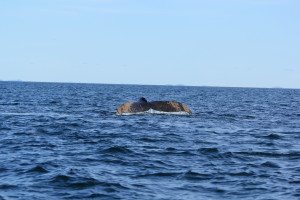
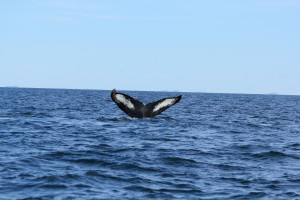
Shortly after, only about half an hour from these photos, we were in a sea state 3 and it wasn’t even 11 o’clock! Grace called up the Nereid to see what they were experiencing farther out in the Bay and they also had quite a nasty sea state. They have the ability to check the weather on their boat and the forecast had indeed changed. Now they were calling for 15 knot winds in the afternoon going to 20 knots later on this evening. That’s a far cry from light winds and way too windy for us to work comfortably and safely on our exposed little Selkie.
We decided to call it a day after only 3 hours out. We cast the CTD for good measure and headed home. By that time it had already turned into a sea state 4…we had a bumpy ride back, albeit a short one thankfully. We have a windy few days ahead of us so we won’t be back out into the Bay for a little while. Hopefully next time mother nature behaves a little better and does what the meteorologists think she will!

